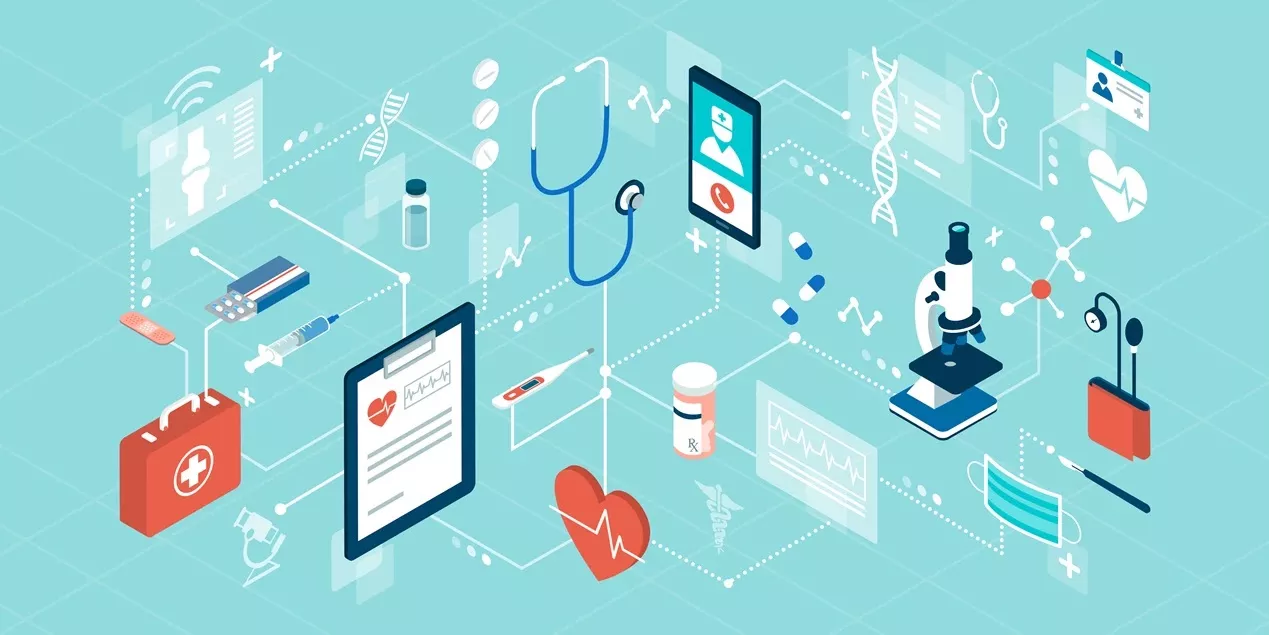Telemedicine services have emerged as a transformative solution in the healthcare industry, leveraging technology to provide convenient, accessible, and high-quality medical care to patients wherever they are. Also known as telehealth or virtual care, telemedicine allows patients to consult with healthcare providers remotely, using telecommunications technology such as video conferencing, secure messaging, and mobile apps. This innovative approach to healthcare delivery offers numerous benefits, including improved access to medical services, enhanced patient convenience, and cost savings for both patients and providers. In this comprehensive guide, we explore the world of telemedicine services, uncovering their features, benefits, and considerations to help patients and healthcare providers embrace the future of digital healthcare with confidence.
Understanding Telemedicine Services
Telemedicine services encompass a wide range of healthcare services delivered remotely, including medical consultations, diagnosis, treatment, monitoring, and education. Telemedicine allows patients to access healthcare services from the comfort of their homes or workplaces, eliminating the need for in-person visits to healthcare facilities. Healthcare providers, including physicians, specialists, nurses, and mental health professionals, can deliver care remotely using telecommunication technologies, ensuring continuity of care and improving access to medical services for patients regardless of geographical location or mobility limitations.
Key Features of Telemedicine Services
1. Remote Consultations
Telemedicine services enable patients to consult with healthcare providers remotely, using video conferencing, phone calls, or secure messaging platforms. Patients can discuss their medical concerns, symptoms, and treatment options with healthcare professionals without the need for in-person visits, saving time and reducing travel-related expenses.
2. Digital Health Records
Telemedicine platforms often integrate with electronic health record (EHR) systems, allowing healthcare providers to access patients’ medical records, lab results, and imaging studies remotely. This seamless integration enables continuity of care and ensures that healthcare providers have access to comprehensive patient information during remote consultations, enhancing the quality and efficiency of care delivery.
3. Remote Monitoring
Telemedicine services support remote monitoring of patients’ health status and vital signs using wearable devices, sensors, and mobile health apps. Healthcare providers can remotely monitor patients with chronic conditions, such as diabetes, hypertension, or heart disease, and intervene proactively to prevent complications or exacerbations, improving patient outcomes and reducing healthcare costs.
Benefits of Telemedicine Services
1. Improved Access to Care
Telemedicine services improve access to medical care for patients in underserved or rural areas, where healthcare facilities may be limited or distant. Patients can consult with healthcare providers remotely, eliminating barriers to access, such as transportation, mobility limitations, or long wait times, and receive timely medical attention when needed.
2. Enhanced Patient Convenience
Telemedicine services offer unparalleled convenience for patients, allowing them to schedule appointments, consult with healthcare providers, and receive medical care from the comfort of their homes or workplaces. Patients save time and money by avoiding travel to healthcare facilities, waiting rooms, and parking fees, enabling them to focus on their health and well-being without disrupting their daily routines.
3. Cost Savings
Telemedicine services can lead to cost savings for both patients and healthcare providers. Patients save money on transportation, parking, and childcare expenses associated with in-person visits to healthcare facilities, while healthcare providers reduce overhead costs related to office space, staffing, and administrative expenses, resulting in more efficient and cost-effective care delivery.
Considerations for Patients and Providers
While telemedicine services offer numerous benefits, patients and healthcare providers should consider several factors before adopting telemedicine as part of their healthcare delivery model. These include:
- Technology Requirements: Ensure that you have access to the necessary technology, such as a computer, smartphone, or tablet, and a stable internet connection to participate in telemedicine consultations effectively.
- Privacy and Security: Choose telemedicine platforms that prioritize patient privacy and data security, comply with relevant healthcare regulations, such as the Health Insurance Portability and Accountability Act (HIPAA), and use encryption and other security measures to protect sensitive patient information.
- Licensing and Credentialing: Verify that healthcare providers offering telemedicine services are licensed and credentialed to practice in your state or jurisdiction, ensuring that they meet the necessary qualifications and standards of care.
Conclusion
In conclusion, telemedicine services represent a revolutionary advancement in the delivery of healthcare, offering patients convenient, accessible, and high-quality medical care from the comfort of their homes or workplaces. By leveraging technology to overcome geographical barriers and improve access to medical services, telemedicine services empower patients to take control of their health and well-being and enable healthcare providers to deliver personalized, patient-centered care efficiently and cost-effectively. Whether you’re a patient seeking convenient access to medical care or a healthcare provider looking to expand your practice and reach a broader patient population, telemedicine services offer a compelling opportunity to embrace the future of digital healthcare and transform the way healthcare is delivered and experienced.





